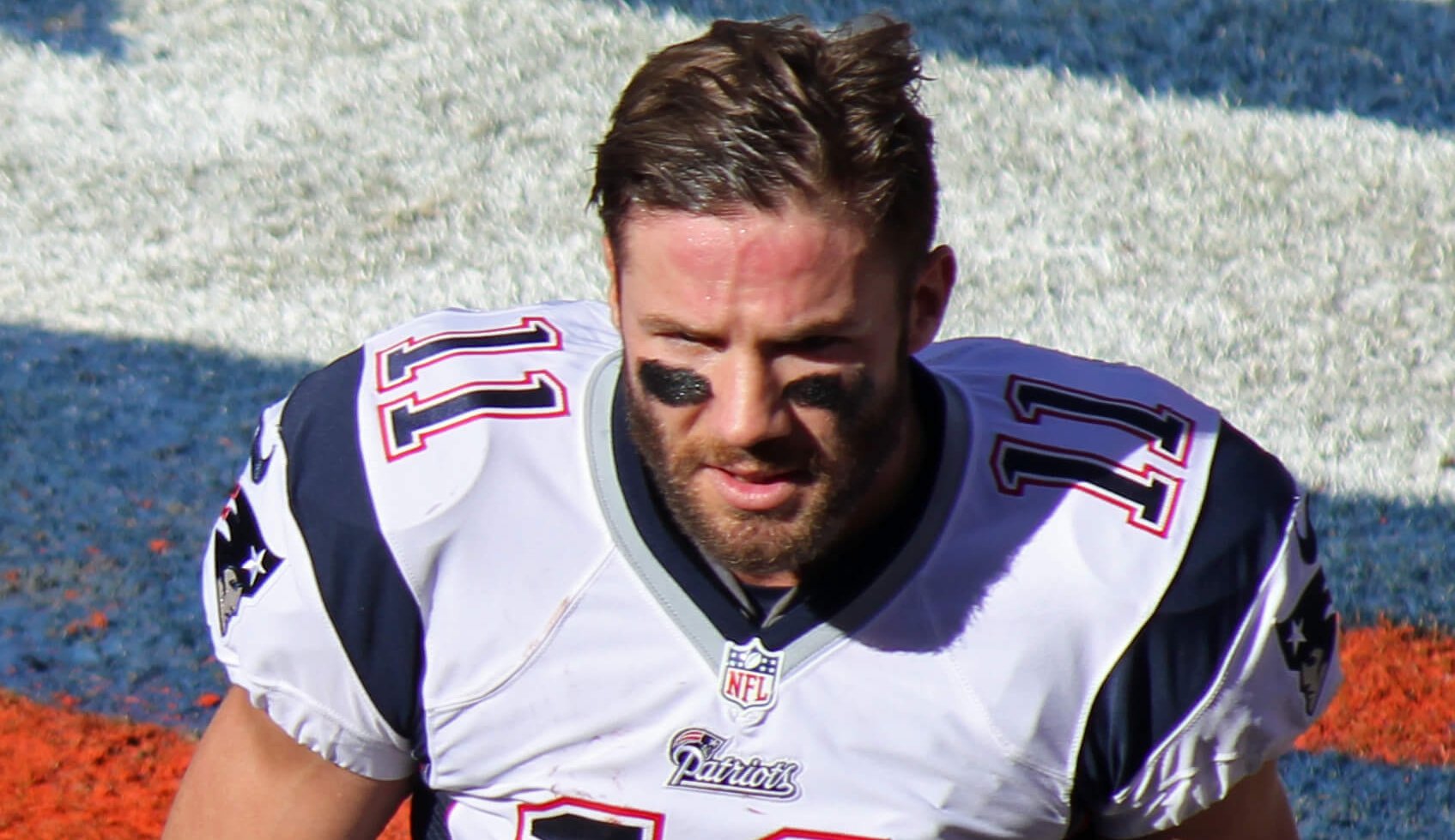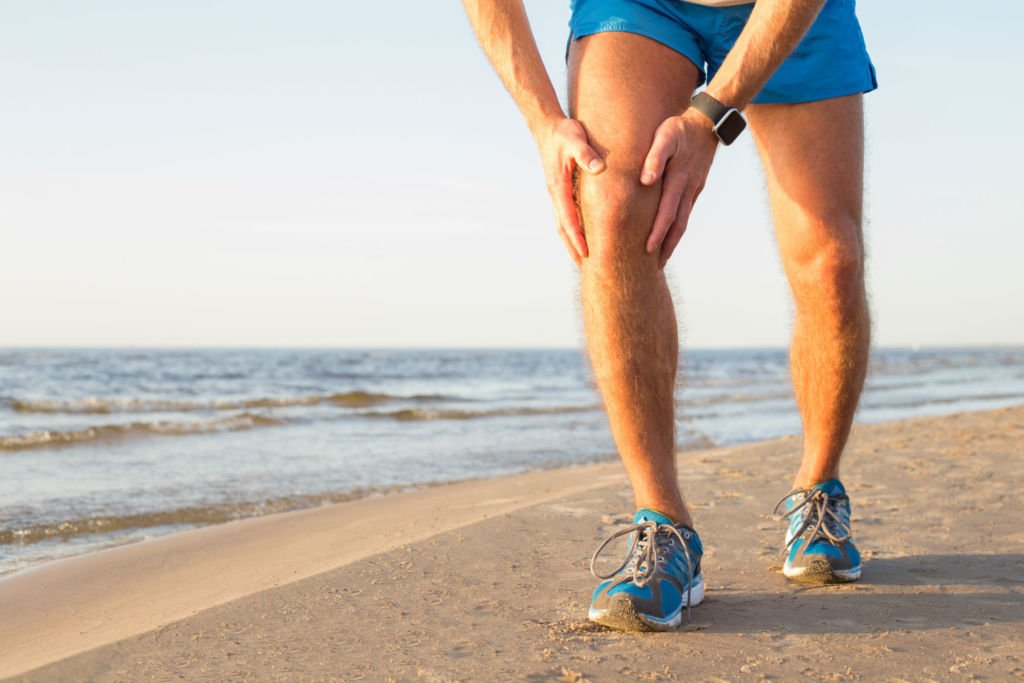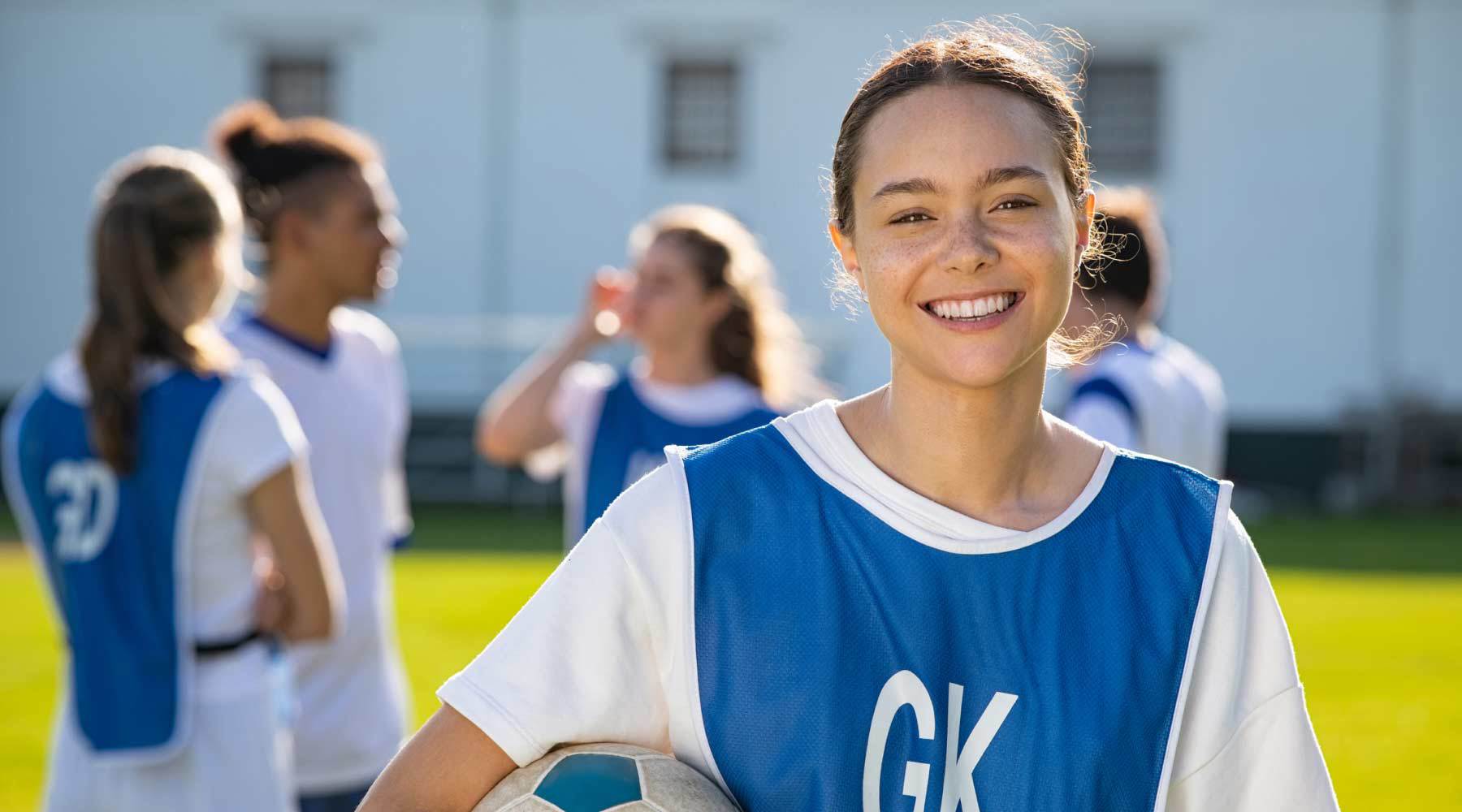
Besides all being professional athletes, Julian Edelman, Dalvin Cook and Darren Sproles also have ACL tears in common. These NFL players have suffered from ACL injuries in the only past few months, requiring reconstruction surgery that has meant the end of their seasons. But what exactly happens when you tear your ACL? How does it happen and what does it feel like?
What is an ACL?
The anterior cruciate ligament (ACL) is responsible for stabilizing the knee. As one of the most common knee injuries, soccer, football and basketball players are most likely to suffer from a torn ACL due to the twisting involved in the sport.
How Does an ACL Tear Happen?
In all three player’s cases, their ACL tears were non-contact injuries. The athletes made quick cuts while running down the field, meaning they changed directions suddenly. This is one of the most common ways football players tear their ACLs, but injury can also happen when an athlete is slowing down, landing after a jump or if they twist their knee the wrong way. In other words: anyone can suffer from this injury if their leg ends up in the wrong position.
Of the three players, Darren Sproles may have had the worst luck. In one play, he tore his ACL and broke his arm. His ACL tear was a non-contact injury, but his broken arm was the result of a hard hit from an opposing player. Because of the torn ACL, he was off his balance which may have made him more susceptible to the arm injury.
The Stop, Pop & Drop
However an ACL tear happens, athletes usually experience the “stop, pop and drop.” This is a stop or slow down to their activity, a popping sound that indicates the tear and a quick drop to the ground.
What Does a Torn ACL Feel Like?
There can be varying levels of severity for ACL tears. Some can be really painful, especially if accompanied by other injuries. In Darren Sproles’ case, he likely felt pretty banged up after that single play where he tore his ACL and broke his arm.
After Julian Edelman’s ACL tear, he fell to the ground and grabbed his knee, indicating something wasn’t right. But he was able to get back up and limp off the field, even though he had a complete ACL tear. This type of tear is a full slice of the ligament and makes the knee joint unstable. There can also be partial tears where the cut isn’t as serious and the knee joint remains stable, but these are less common than complete or near complete tears.
After an ACL tear, the knee swells up and feels wobbly. If surgery is the chosen method for recovery, the patient needs to wait for the swelling to go down first, which is why Edelman’s surgery was performed more than a month after his injury.

How is an ACL Tear Diagnosed?
The popping sound is usually the biggest indicator of an ACL tear, but a medical diagnosis is still necessary. NFL players are lucky, in that they have video footage of their injury and a full team of athletic trainers and medical professionals on the sidelines to help in the instance of an injury. The video playback is helpful to see exactly what happened, and the immediate medical attention is important for getting quick care and treatment.
Not everyone is lucky enough to be a professional athlete with a medical team waiting on the sidelines. But an athletic training team can play a crucial role as on-site support for high school and college athletes.
If an ACL tear is suspected, the patient will need a full clinical exam, including an understanding of their medical history and how the injury occurred. The tear is then confirmed through X-rays or an MRI.
What Are the Treatment Options for an ACL Tear?
There isn’t one universal solution for a torn ACL. What’s right for a 25-year-old football player may not be ideal for an inactive 65-year-old. However, most athletes that are involved in high agility sports will opt for the surgery so that they have a higher chance of returning to their sport.
Non-Surgical ACL Treatment
As long as the stability of the knee is intact, many people choose to avoid surgery by trying non-operative rehabilitation methods first. Athletes involved in straight-ahead athletics like running, cycling and swimming may also choose this route. Depending on the patient’s activity levels, the following may be recommended:
- Physical therapy
- Strength and conditioning
- ACL bracing
A patient can expect a full return to their normal activity level around seven to nine months post-injury. By then, the knee will have regained stability and will feel back to normal.
ACL Reconstruction Surgery
ACL reconstruction surgery is suggested for athletes who play field or court sports, like football or basketball, since there is a lot of twisting and planting of the foot involved. Non-athletes who have failed non-surgical treatments may also choose ACL reconstruction.
For the three NFL players in this article, ACL reconstructive surgery has been the prescribed method for a full recovery. If surgery is the chosen path, it’s likely that the doctor will want to wait at least two weeks after the injury so that the swelling of the knee can settle.
To repair the ACL and restore knee stability, the ligament needs to be reconstructed using a tissue graft. There are several ways to go about this:
- Autografts
These are tissues from the patient’s own body. In the U.S., the most commonly used tissues are the bone-patella tendon-bone (patella being the tendon that stabilizes the knee) and hamstrings. Quadriceps and contralateral grafts are also an option. Since autografts use the patient’s own tissues, this is the best choice for younger patients and athletes in high-intensity sports.
-
Allografts
These are tissues from a cadaver. In younger patients, allografts have a slightly higher risk of re-rupturing.
How Long Does ACL Reconstruction Surgery Take?
Using modern techniques like arthroscopy, ACL reconstruction surgery typically takes 45 minutes to an hour to perform. This is an outpatient procedure, meaning the patient doesn’t need to stay in a hospital overnight.
What to Expect After ACL Surgery
How a patient handles their recovery after ACL reconstructive surgery will determine the success of the operation. Recovery will require a strong dedication to rehabilitation. Intense rehab will be needed for at least six to eight weeks after surgery, as well as self-directed and formal physical therapy for up to five months. For athletes, sport-specific strength and conditioning will also be recommended for at least two more months.
What Does the Future Look Like After a Torn ACL?
As we’ve mentioned, physical therapy and proper rehabilitation techniques will be crucial in order for a patient to regain full functionality of the knee. As long as Julian Edelman, Darren Sproles and Dalvin Cook remain committed to their recovery, they should be able to return to their normal activity next season.
For more information about ACL injuries, visit our ACL treatment specialty page or contact one of our Seacoast offices.




